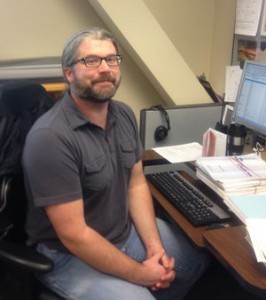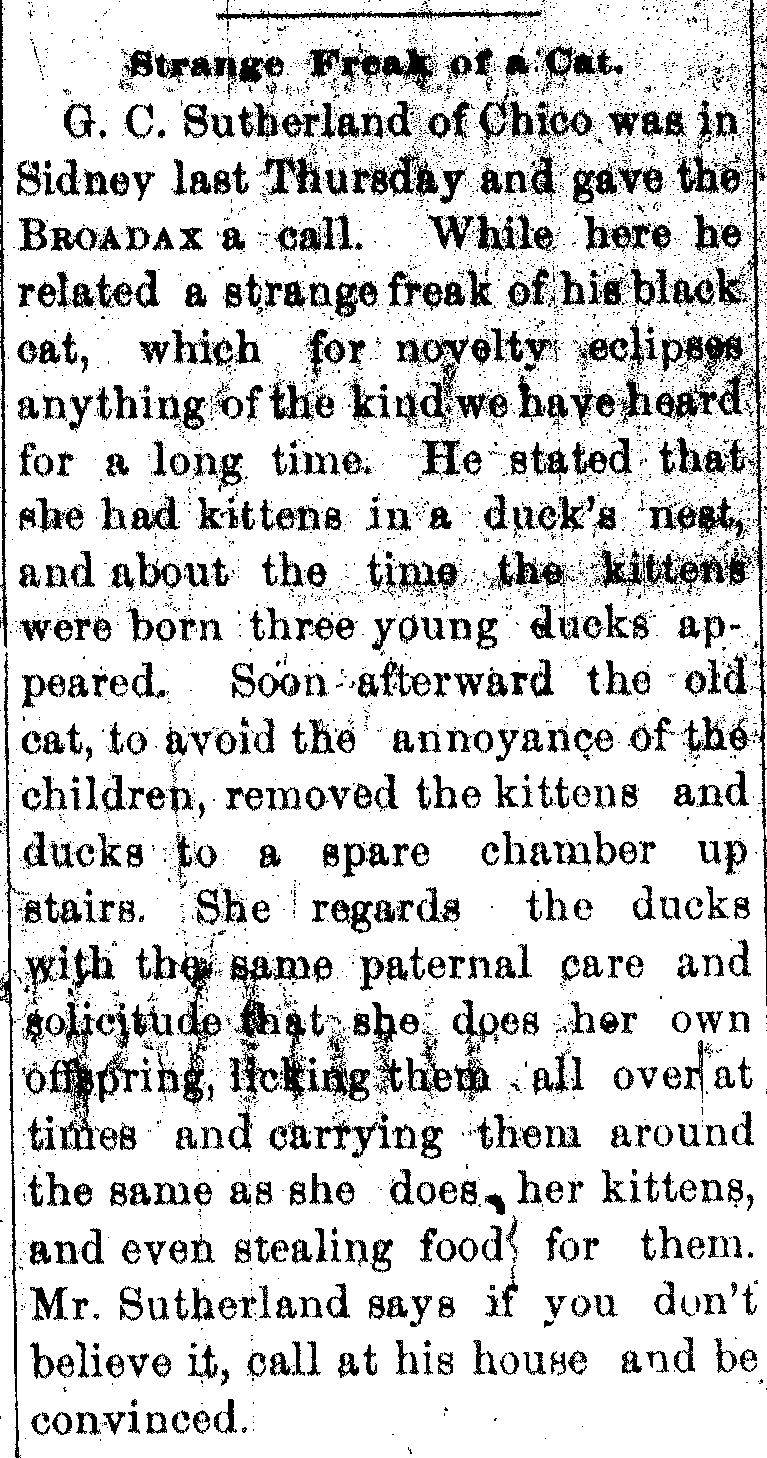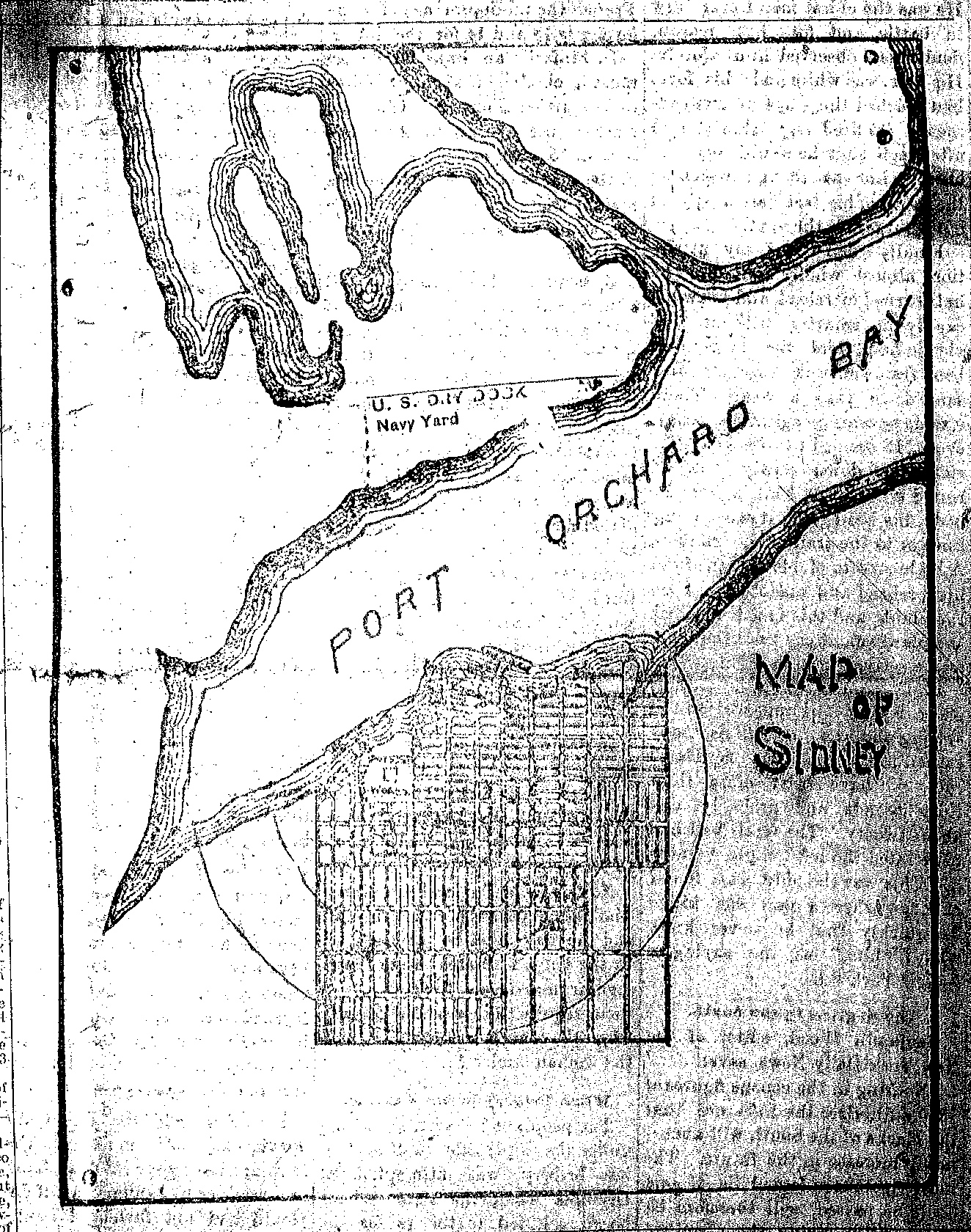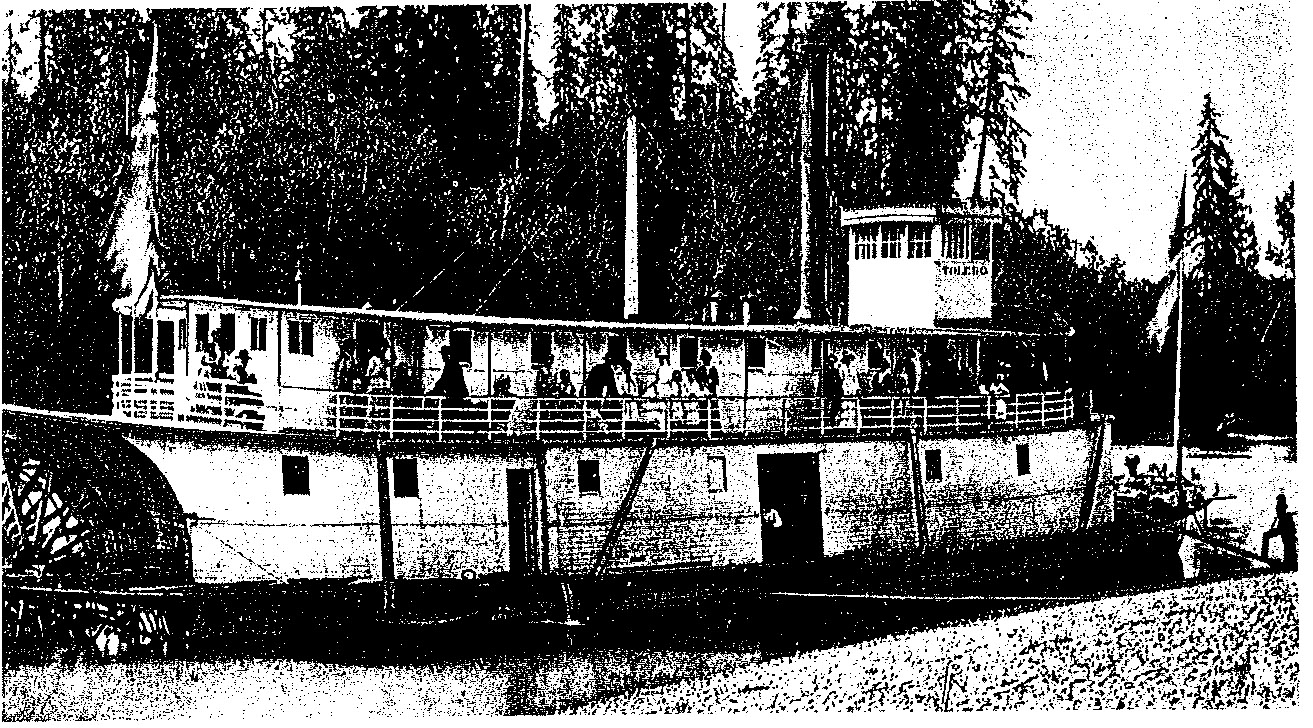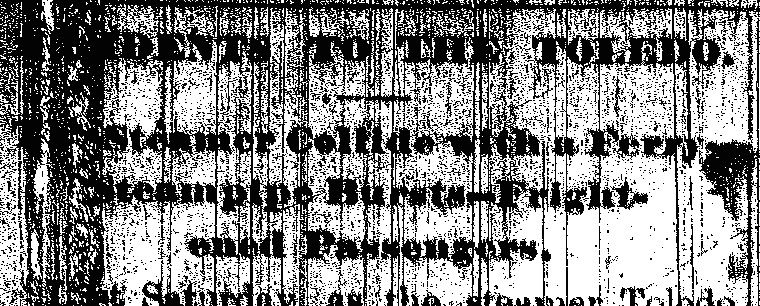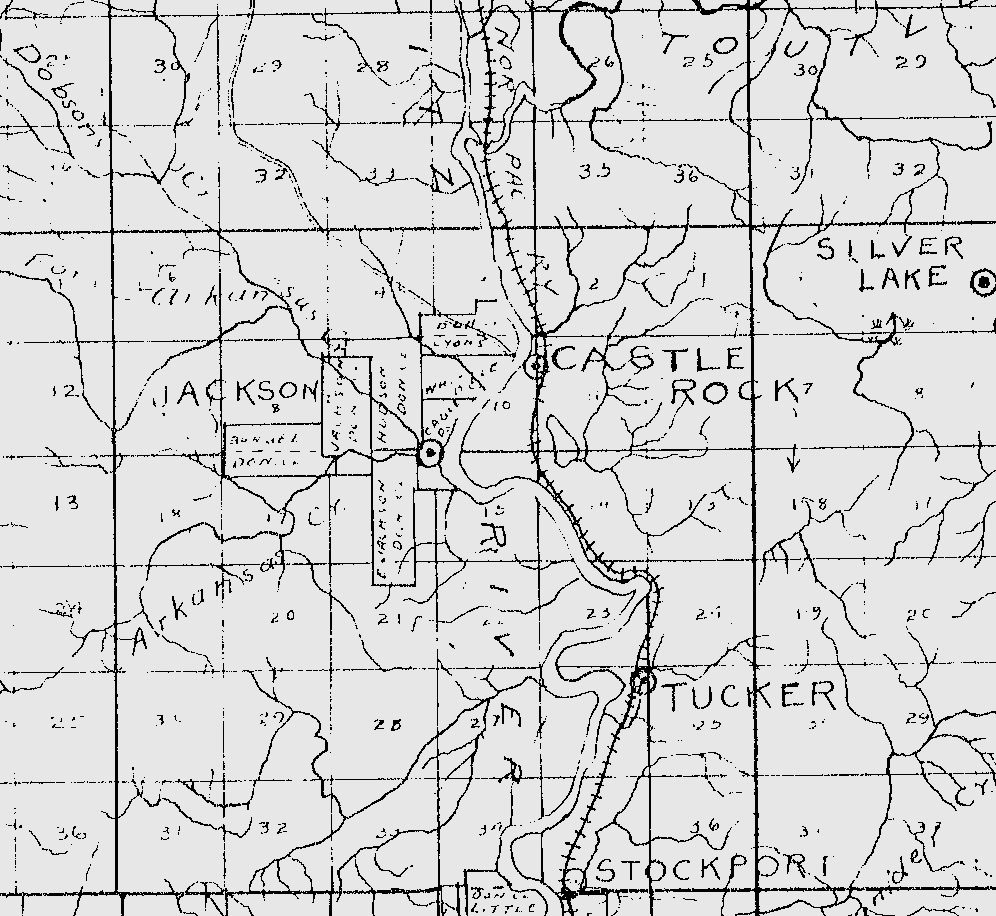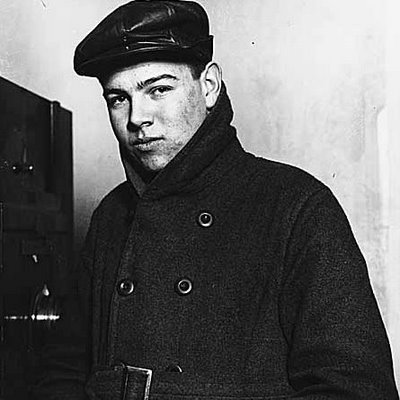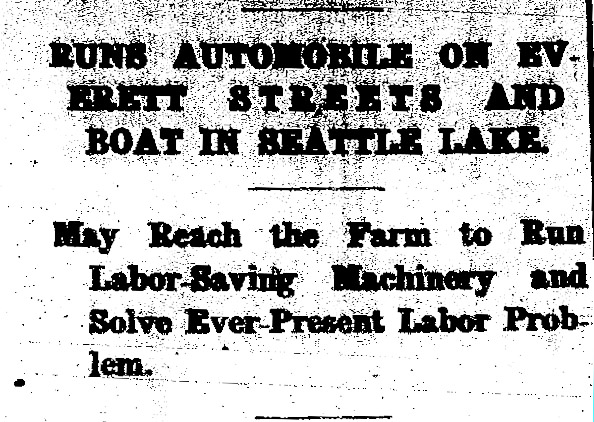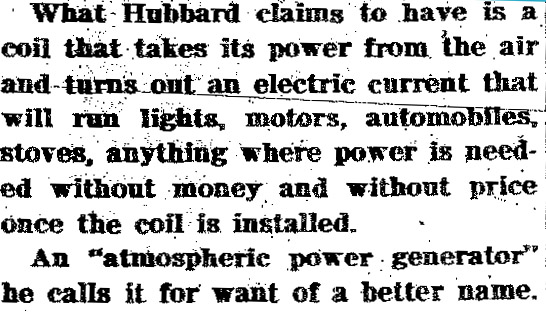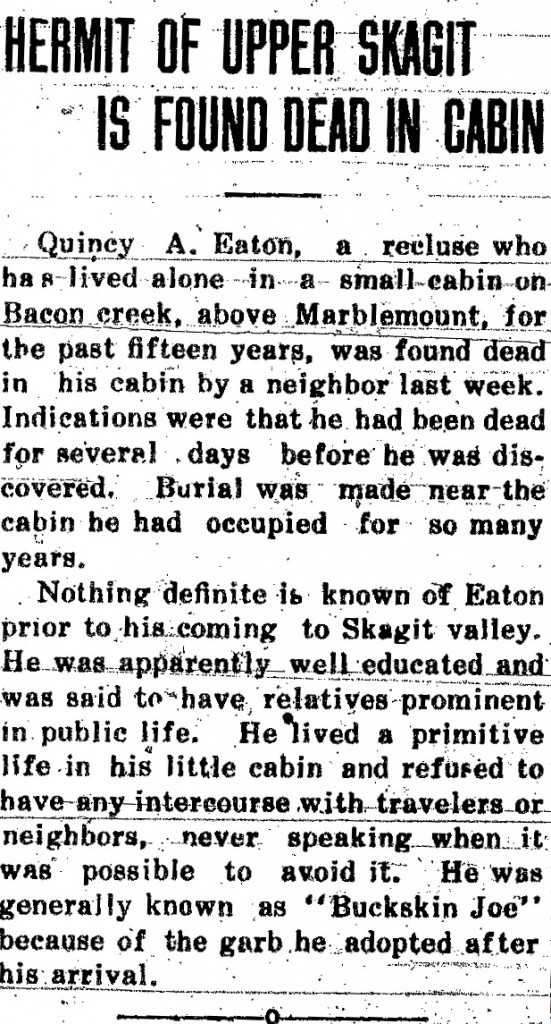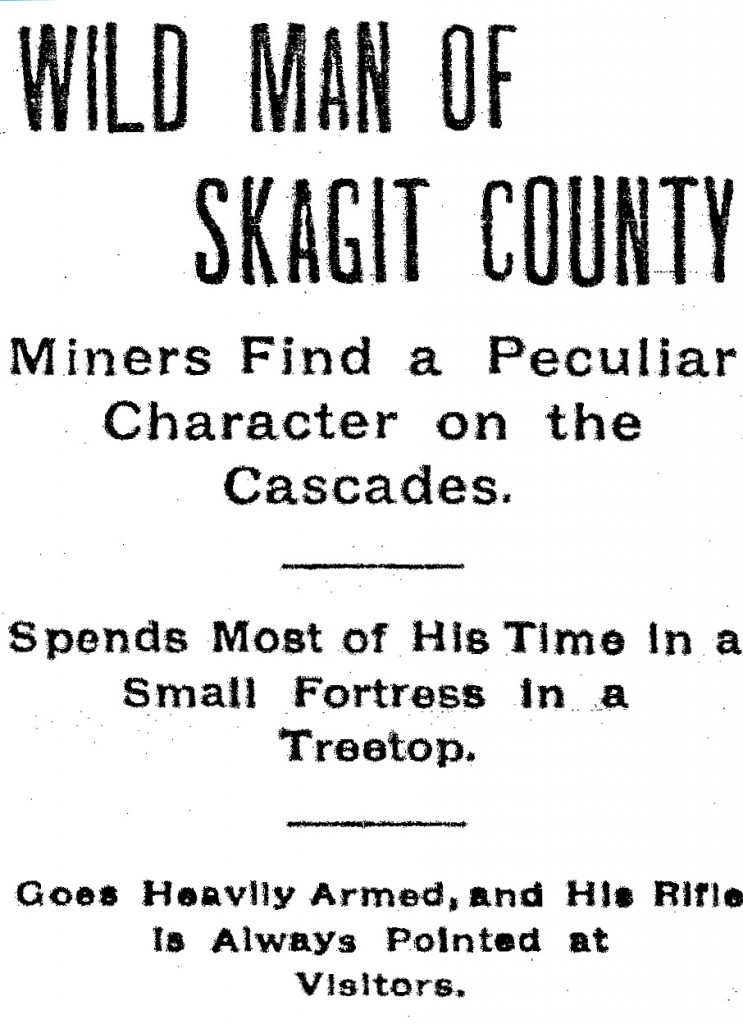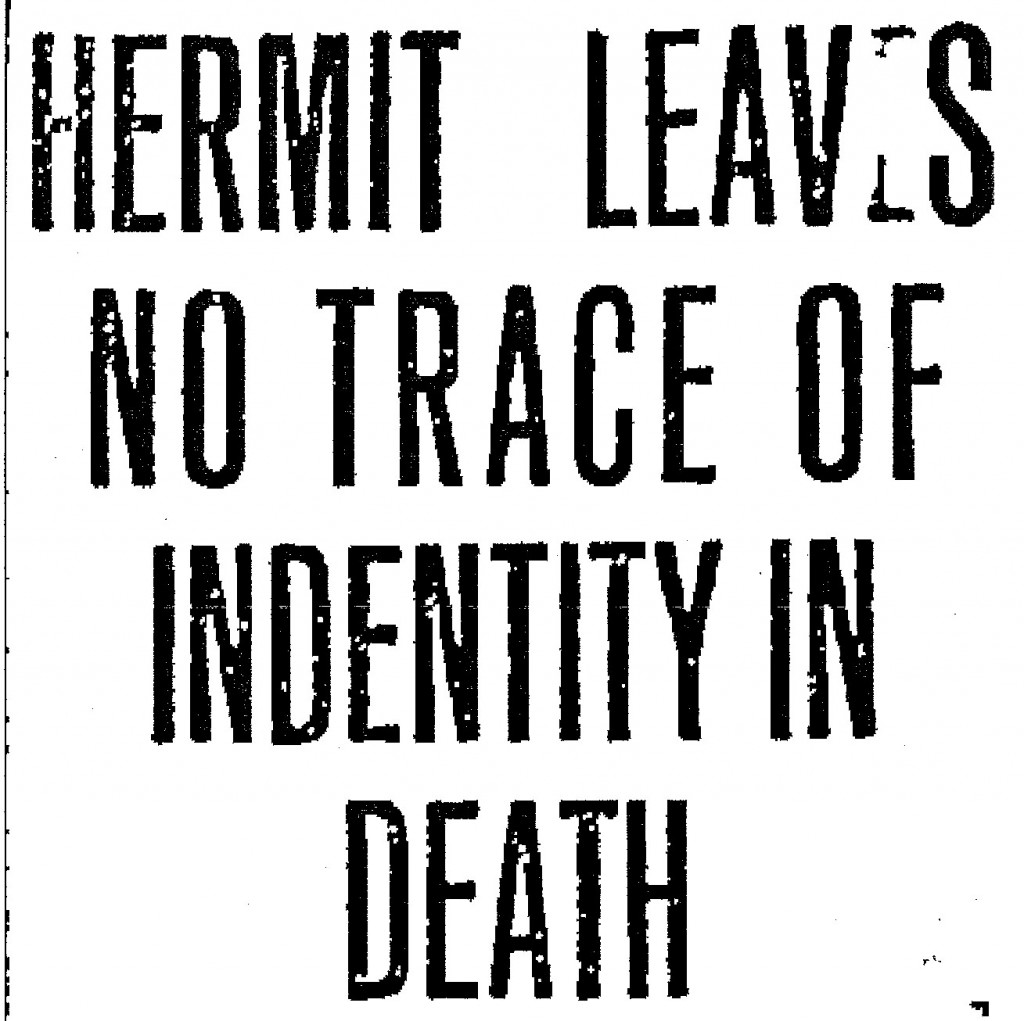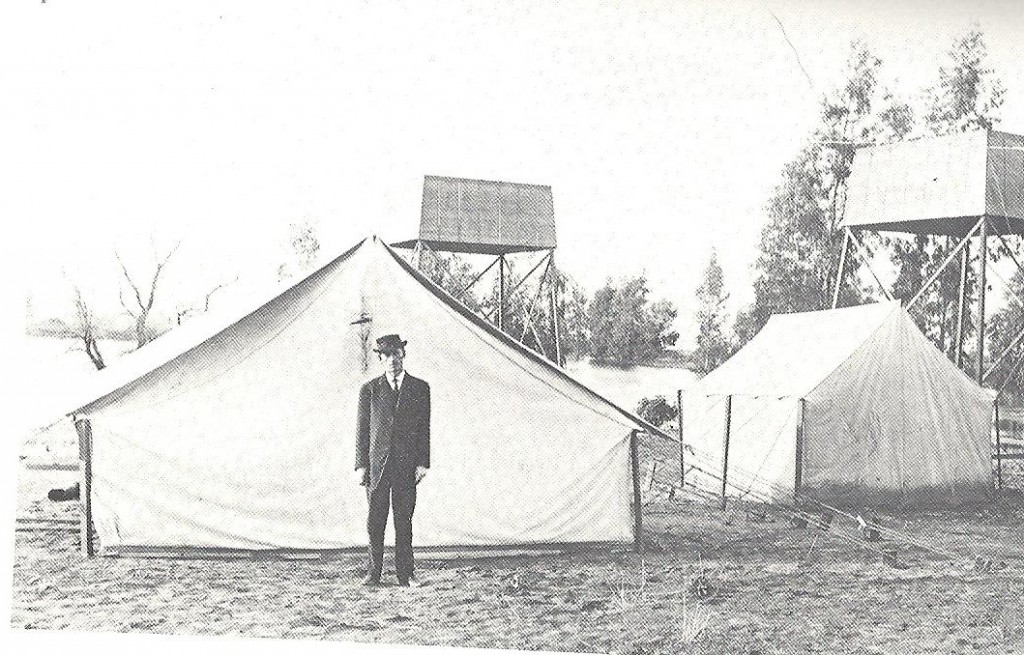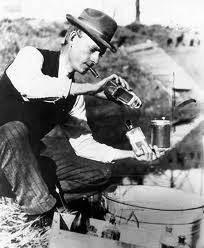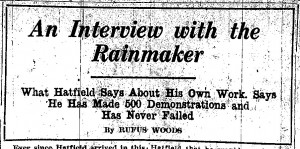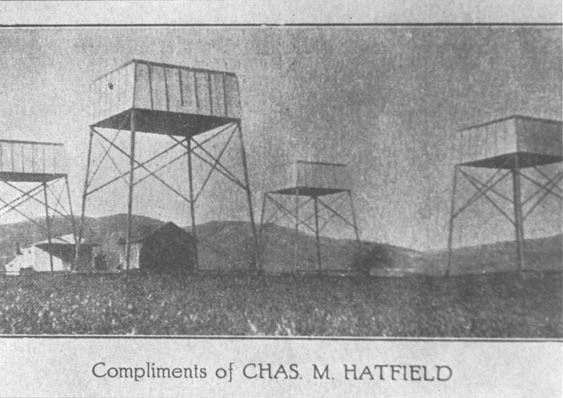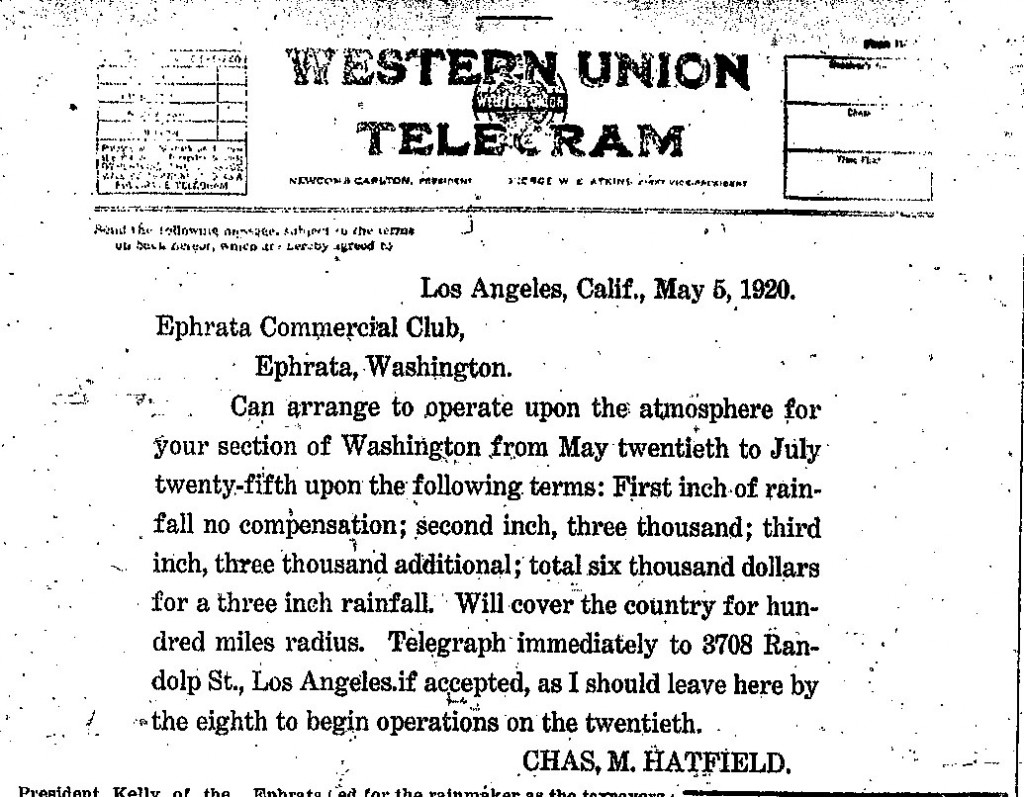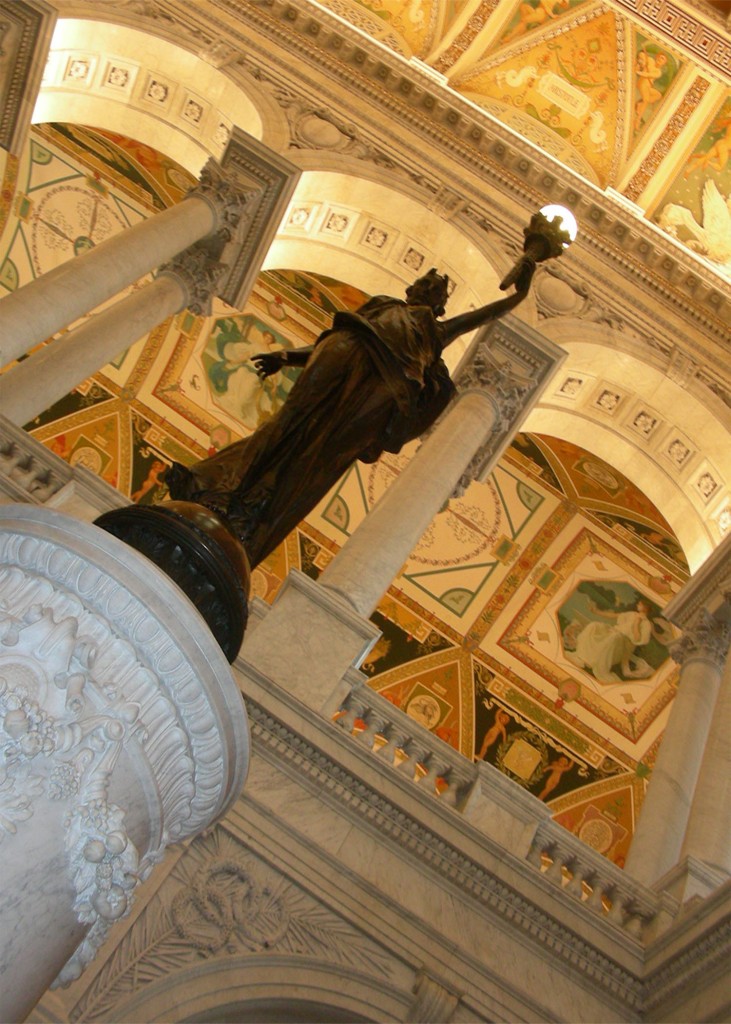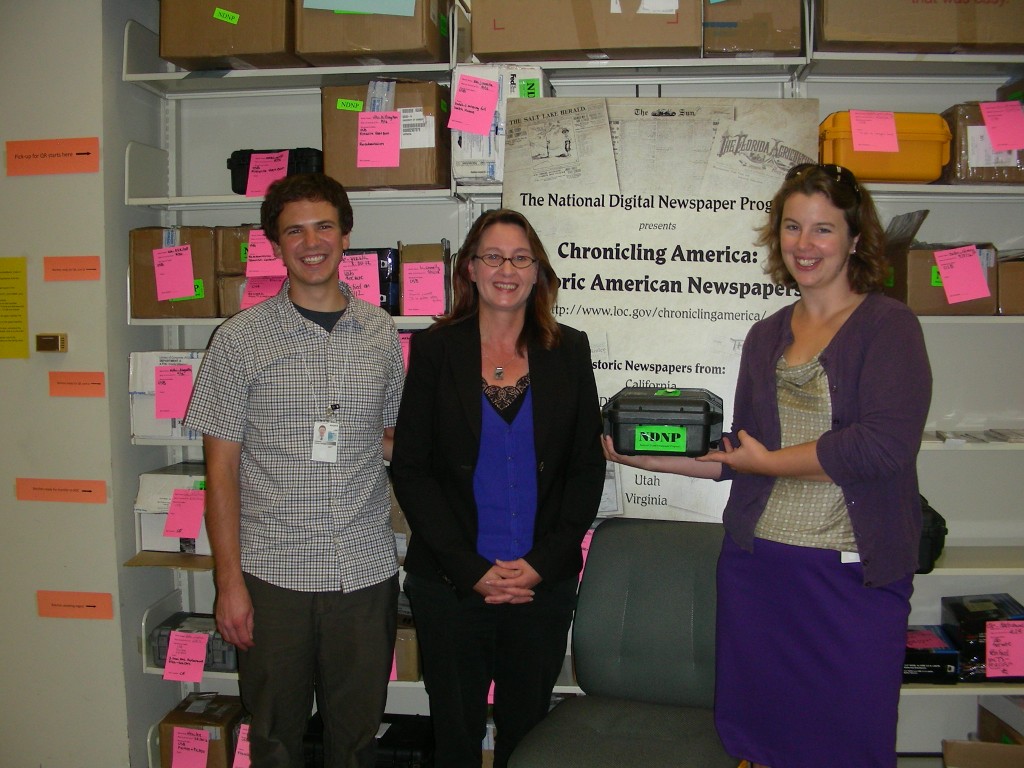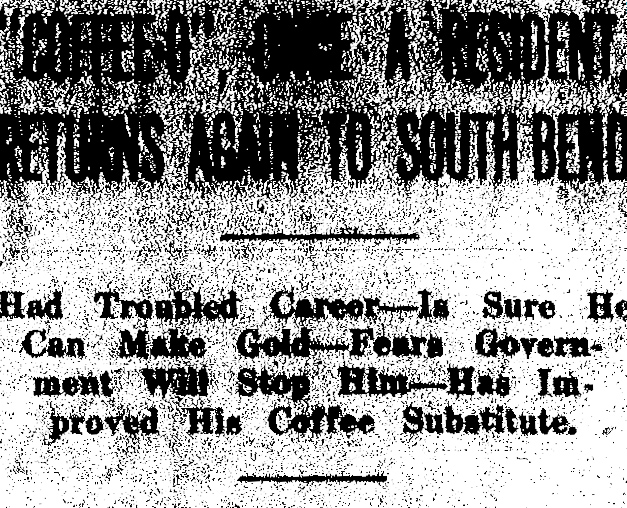 From the desk of Steve Willis, Central Library Services Program Manager of the Washington State Library:
From the desk of Steve Willis, Central Library Services Program Manager of the Washington State Library:
The random reel for this week contained the following article from the Dec. 17, 1920 issue of the South Bend Journal:
“COFFEE-O”, ONCE A RESIDENT, RETURNS AGAIN TO SOUTH BEND
Had Troubled Career — Is Sure He Can Make Gold — Fears Government Will Stop Him — Has Improved His Coffee Substitute.
“After over two years absence Albert Cornell, better known as ‘Coffee-O’ after a coffee substitute he invented, arrived in the city looking prosperous and more confident than ever that he had discovered the method of making gold by the combination of certain gases. It may be remembered that he came here first and opened a dyeing establishment and then left town and in about a year returned with a preparation in which peanuts and grains had a large part which made a very good substitute for coffee. It became locally popular and the local merchants pushed it. It bade fair to be a success but Cornell was more interested in making gold directly than in making it indirectly through profits on ‘Coffee-O.’ Then also the prices of the materials rose as the war progressed and the manufacture of the substitute was not so profitable. He carried on his experiments for making gold mostly at night and produced so much foul smelling smoke and so got on the nerves of his neighbors with his frequent explosions that the city authorities twice made him move and he finally made his last stand just outside the city limits in Alta Vista with the Hummel family.”
“As Cornell is an Austrian by birth and was not naturalized the impression became widespread that he was making bombs, or trying to, and then mysterious bundles were taken to his place by night and a German friend of his was caught coming from there with a gunny sack containing bottles and then there was a new theory that he was making moonshine when Cornell declares that all he was doing was giving his friend some medicine of his own concoction. Cornell was watched by the county and city authorities and he decided to leave town and go to Seattle, where he consulted the then District Attorney, Clay Allen, who advised him to go to Washington City. He went there not knowing that, as a citizen of an enemy country, like Austria, his presence in the District of Columbia was forbidden. Fortunately for him he reported at the Washington police station, showing that he was acting in good faith. He was promptly arrested and jailed but through the efforts of Congressman Johnson and Senator Chamberlain he was released and he returned to Puget Sound and located in Tacoma where he experimented with his ‘Coffee-O’ and later resumed his explosive attempts to make gold and he declares that he was never molested by his neighbors in Tacoma as their nerves were evidently not so easily jarred by violent eruptions and vile smelling smoke.”
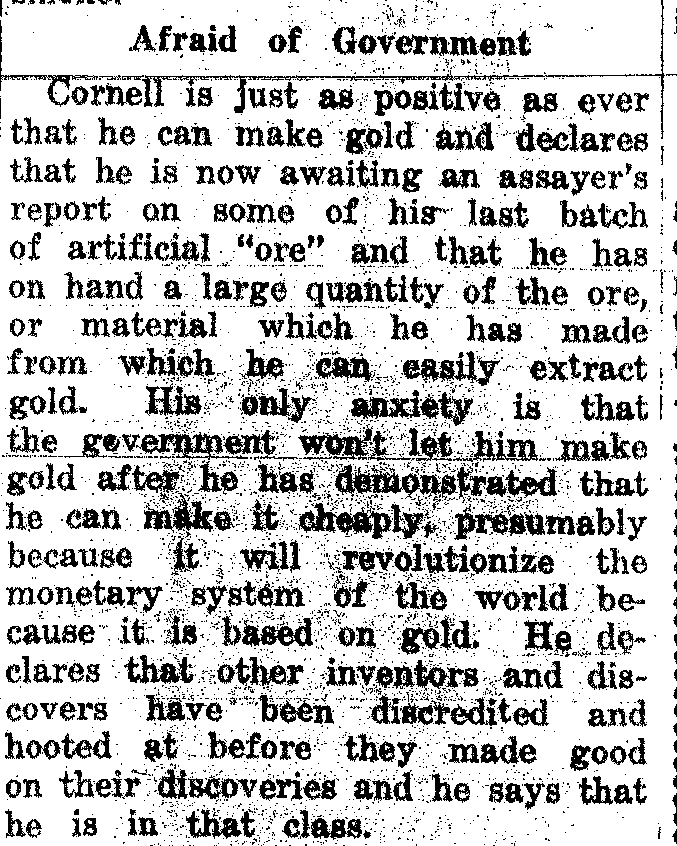
Afraid of Government
“Cornell is just as positive as ever that he can make gold and declares that he is now awaiting an assayer’s report on some of his last batch of artificial ‘ore’ and that he has on hand a large quantity of the ore, or material which he has made from which he can easily extract gold. His only anxiety is that the government won’t let him make gold after he has demonstrated that he can make it cheaply, presumably because it will revolutionize the monetary system of the world because it is based on gold. He declares that other investors and discoverers have been discredited and hooted at before they made good on their discoveries and he says that he is in that class.”
Coffee-O Extract Good
“Leaving his gold experiments aside he has really greatly improved his coffee substitute and has a good thing in that. He has interested Tacoma capital and it is being given a thorough trial. He now makes a liquid extract from the original ‘Coffee-O’ so that all that has to be done is to put a teaspoon of the extract into a cup of hot water and you have a very good coffee substitute. He says that he has changed his formula too somewhat and now makes four by products which will sell for enough to more than make the extract pure velvet. After making the extract he says that he can make from the residue ‘mapleine’ which is used to make an excellent imitation of maple sugar and syrup, a breakfast cereal and a salad oil, all of superior quality. He is apparently amply supplied with funds. He is here visiting the Hummel family.”
With the help of Robert Bailey’s North Pacific County Newspaper Index, 1889-1981 I was able to track down a bit more information on “Coffee-O” Cornell.
He was born Albert Kornelius, July 1, 1887 in the Bukovina region of the Austrian Empire to German parents. He arrived in the United States on Dec. 15, 1905 and within a short time unofficially changed his name to Albert Cornell. By 1910 he was living in Aberdeen, but then made his way to South Bend, where he set up a laboratory.
His “Coffee-O” product was patented in 1915 and apparently enjoyed some initial economic and critical success, buying him time to experiment with creating artificial gold.
But his activities frightened the neighbors. They complained about the toxic fumes, the noises, the explosions. Finally, in 1917, he was arrested and his operations shut down as a public nuisance. When he appeared before the City Council to argue his case, the debate became so heated one councilman invited Cornell to step outside where they could settle the matter with fists, but Coffee-O didn’t take the bait.
He lived in Tacoma throughout the 1920s. In Feb. 1928 he landed in the hospital as the result of a powerful explosion, a blast that destroyed his home and disfigured his person to some degree. He refused to divulge the purpose of his experiment.
Coffee-O Cornell appears in the Tacoma City Directory up to 1930 and then vanishes only to resurface in the 1940 census as a patient in Western State Hospital. He was an intriguing character who left us with a long trail of little mysteries.






